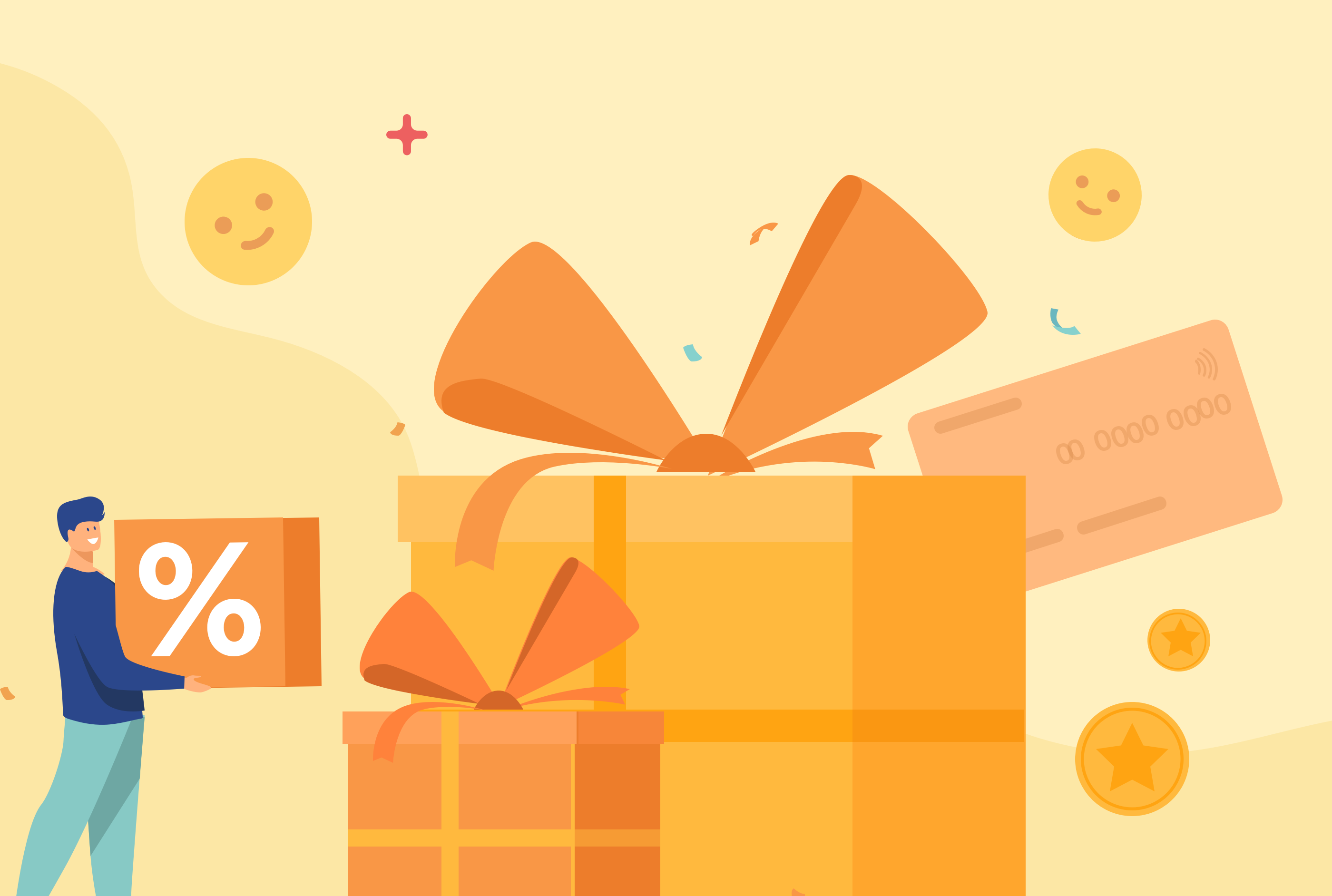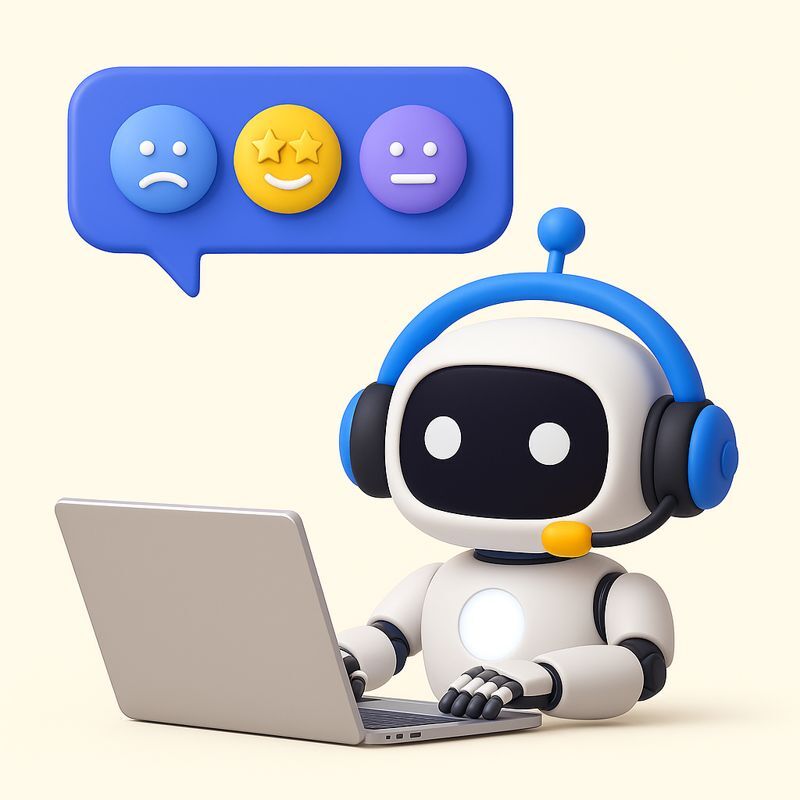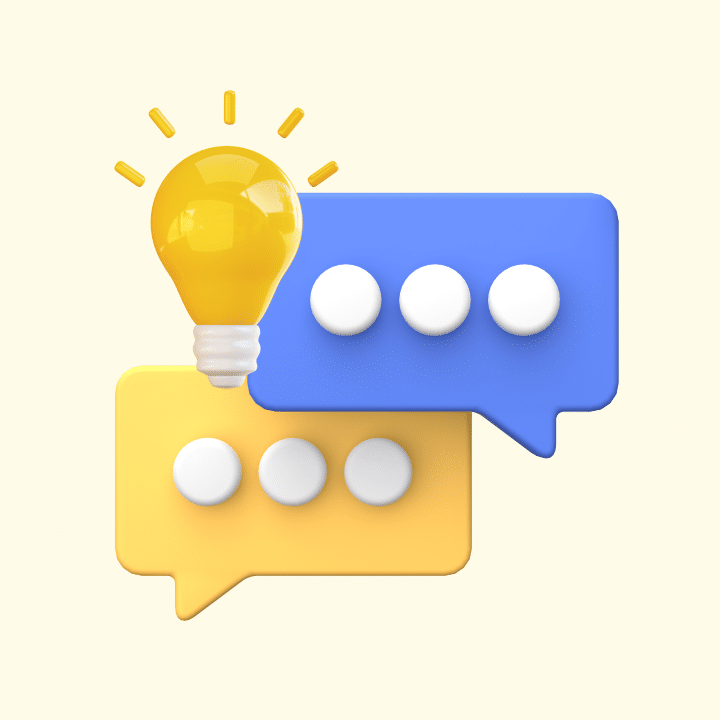We live in a world where new businesses are mushrooming left, right and centre. The marketplace is crowded, and for every product or service category, there are a zillion options for customers to choose from.
Needless to say, today, it’s not good enough for brands to just offer a great product or service – modern consumers are far more demanding. They expect businesses to be there for them even after they make a purchase. The product is only part of what customers buy; they also buy the experience and associated lifestyle that comes with their purchase.
In such a competitive scenario, it’s the relationships that brands build with their customers that separates successful businesses from the ones that end up failing.
According to Microsoft’s Global State of Customer Service report, 58% of consumers will end a relationship with a business due to poor customer service. That’s why earning and maintaining customer loyalty becomes such an important objective for any business that wants to thrive against competition and foster customer loyalty. Customer loyalty statistics reinforce the importance of this objective.
In this post, we go over the basics of what customer loyalty is, why it is important, and how you can earn yourself a solid base of loyal brand advocates.
Table of Contents
- What is customer loyalty?
- Why is customer loyalty important?
- Ways to build and maintain customer loyalty (with examples)
- Wrapping up
What is customer loyalty?
Customer loyalty is the relationship between a customer and a brand that goes beyond just buying and selling. It’s about creating an emotional connection where customers want to keep coming back to your brand. A loyal customer will always choose you over the competition. Apart from hugely contributing to their lifetime value (CLV) with your brand, they will also drive word-of-mouth sales by recommending your products to others.
Customer loyalty can be divided into two categories – transactional and emotional loyalty.
Transactional loyalty is the value a customer derives from your company’s product or service. For example, you could be loyal to a pet store that is the closest to your vicinity and offers you pet supplies at the lowest price.
Emotional loyalty goes a lot deeper than that. It occurs as a result of providing your customers with consistently great experiences over an extended period of time. Emotionally loyal customers have a deep connection with your brand and will stick with you regardless of external factors. They will even go out of their way to honour their loyalty. It could be that authentic sushi place across town that is heavy on the pocket, but you still make sure to dine at twice a month because you’ve been going there for years. You personally know the owners and you’re one of the first few customers they send their monthly specials menu to.
For a business, it’s especially important to foster emotional loyalty because it’s unconditional and isn’t dependent on factors like price and convenience.
Now, let’s look at some key reasons why customer loyalty is important.
Why is customer loyalty important?
Here are some of the key reasons why you should invest time and effort in building customer loyalty.
It improves customer retention rate and lifetime value
Customer loyalty goes a long way in improving customer lifetime value and retention.
Loyal customers are the most valuable asset for any brand to hold onto. Repeat customers typically spend more and generate larger transactions. According to a recent study from Bain & Company, the average repeat customer spent 67% more in months 31–36 of their shopping relationship than months zero-to-six. Apart from giving you repeat business, your loyal customers are also most likely to try out your new products and services – it’s far easier to upsell and cross sell to them.
On the flip side, depending on the kind of product/service your business sells, new customer acquisition can cost anywhere from five to 25 times more than selling to your current customers. This means establishing a customer loyalty program is one of the most cost-effective ways for a brand to increase ROI.
It improves word-of-mouth referrals
Loyal customers are also more likely to recommend you to their friends and family. This kind of word-of-mouth marketing strategy is critical for growing your business because it’s both credible and persuasive.
In fact, according to recent research by Kantar Media, 93% of consumers trust recommendations made by family and friends about brands and services compared to only 38% of consumers who trust advertisements.
It helps you improve your product and service quality
Customers who are loyal to your brand are the ones who will give you the most honest and useful feedback with the least amount of resistance.
Loyal customers will give you useful insights about your product, its quality, its advantages and its greatest shortcomings. They help you see what about your product or service is working well, and what aspects about it you need to improve. Such customer feedback is far more valuable than the market research and internal discussions you have with your team.
At the end of the day, it’s your customers who will use your product – as long as it meets customer needs, expectations and solves their problems you can rest assured that you’re on the right track.
It gives your brand a competitive edge
Loyalty gives your brand an edge against competitors.
When consumers have similar needs or requirements, loyalty is bound to win out over price, product and promotion every time. Brand loyalty goes a long way in influencing customers’ purchasing decisions.
According to Sprout Social, 57% of customers who feel connected to a brand will increase their spending with that brand and 76% will choose them over a competitor.
Ways to build and maintain customer loyalty (with examples)
Now that we’ve seen why customer loyalty is important, let’s take a look at how you can win loyal customers for life.
1. Delight and surprise them
Everybody loves surprises. A small gift in the mail, a handwritten thank-you note, a bouquet, or a personalized cheap canvas wall art with a birthday wish—anything that brightens up your customers’ day without them having asked for it changes their relationship with your brand from mere satisfaction to life-long loyalty.
You don’t even have to go overboard with it; just extend a small kindness where you think it is due. You can make this easier for yourself by using a CRM tool to keep track of your customers – their important data and their past interactions with you.
How LEGO does this
LEGO loves its customers, do you?
We have all come across the heart-warming stories of 7-year-old Luka, who wrote to LEGO about losing his Jay ZX mini-figure and 11-year-old James, who wrote about saving up for the Emerald Night Train set only to find it discontinued.

By sending out little presents to these children, Lego has not only made a smart move as a brand but also given them memories. These kids are unlikely to ever forget that Lego cares about its customers, and neither will the world.
2. Reward them for their loyalty
One of the most popular ways to foster customer loyalty is by rewarding them for their long-term association with your brand and their trust in you.
You can do this by introducing a rewards or referral program.
A rewards program is a marketing strategy which rewards customers for their loyalty by providing them with exclusive discounts, cashbacks, perks, and incentives.
There are a variety of formats of loyalty programs that you can choose from including points-based loyalty programs, tiered programs, and pay-to-join programs.
How Nordstrom does this
Luxury retailer Nordstrom runs an exclusive loyalty program called The Nordy Club.
The tier-based program offers its members benefits like exclusive invites to events, style and beauty workshops, gift cards, vouchers, and first access to products.
The program has over 13 million members who spend four times more and make three times more store visits than non-members.
3. Create a Community
It’s always a joy to find like-minded and relatable people. As a brand, this is a great opportunity for you to ingrain loyalty in your customers if you can bring them together and get them talking about things they feel a great passion for. In addition to creating a community, the brand has to nurture it so that the mere thought of leaving that community is out of the question for your customers.
How Harley Davidson does this
Harley Davidson is, perhaps, the only brand that inspires such fierce loyalty that its customers get its logo tattooed. The Harley tattoo represents a permanent connection to the brand to the extent that people are willing to make it a part of their identity.

Among others, the most important reason why the company has inspired this loyalty is Harley Owners Group (HOG). Not only does HOG bring the customers closer to the brand but to other Harley owners as well. They have chosen Harley to be a part of their identity, and this is enough to form a bond between them.
They have chosen Harley to be a part of their identity, and this is enough to form a bond between them.
4. Involve them and be honest
No one likes being withheld information from. Concealing your flaws and mistakes from customers when things go south will only dishearten and infuriate them more. Acting this way indicates that you are shrugging your responsibilities and not living up to your commitment to them.
You would be surprised how effective coming clean and involving them by sharing information can be.
In fact, it’s an established truth that your customers will be far more loyal to your business after they’ve had a bad experience with you, and you’ve gone above and beyond to make amends to correct your mistake. This is called the service recovery paradox.
How Buffer Does this
When Buffer got hacked, instead of going through the typical routine of denying the situation until it’s quite the PR disaster to admit that something is wrong, it took a more transparent approach that is already quite characteristic of Buffer.
It reached out to its customers and told them about being hacked. It then proceeded to update them about the progress of their team and dealing with the situation, the extent of damage, and what they need to do as Buffer users.

If anything, this hacking episode increased Buffer’s customer loyalty because the users felt involved in the process.
5. Develop a Human Connection
Today in the age of digital connectivity, more than ever before, brands need to focus on building and fostering meaningful customer relationships connections of relying on impersonal ways of dealing with them. This means listening and talking to each customer with the greatest attention.
While keeping communication impersonal by rigidly adhering to the standard operating procedures is easy and safe, more often than not, granting employees the autonomy to act human and deal with a person instead of yet another source of revenue can make all the difference.
How Zappos Does this
Zappos is famous for its customer service. For a business that depends on repeat purchases by its customers, Zappos has managed to establish a very strong loyalty for itself, thanks to its customer-centric culture. Listening to the customers is an important part of it.
Whether it is the longest customer service call (10 hours 29 minutes) or a pizza at the doorstep, or simply a call to return the item, Zappos listens to its customers, and it reflects in the loyalty of its customers.
Here’s a tip from customer service expert Shep Hyken to make every interaction worth it:
“At any given time in your interaction with the customer, simply ask yourself this question: Is what I’m doing right now going to get that customer to come back next time?”
Transforming Customer Service into Revenue with Shep Hyken
6. Implement Feedback
More often than not, brands focus on gathering customer feedback but not acting on it. This results in not only mediocre product or service but ineffective customer service, and neither of these will ever increase customer loyalty. Show your customers that their opinions, feedback, and preferences are valued by you.
How Tesla Does This

Two Tesla owners took to advertising their open letter in a newspaper to get their feedback across to Tesla. The letter was signed by two very satisfied owners of the Tesla Model S who suggested a few improvements. The CEO of Tesla, Elon Musk, responded with a tweet saying that the suggestions were noted and some changes will appear soon.
7. Make it Fun
You are not the only player in the market offering certain products or services. Distinguishing yourself from your competitors to stand out and catch your customers’ attention and retaining it is serious business. However, seriousness does not have to be boring. Make it fun; for your employees, customers, and business partners. By including a little light-hearted fun into your work, you can increase your brand’s value and loyalty.
How Southwest Airlines Does it
Southwest Airlines is the largest low-cost carrier in the world with one of the most loyal customer base. Since there are other low-cost, no-frills airlines available, what distinguishes Southwest Airlines from others is definitely not the price but the customer-centric culture.
People choose Southwest over others because they know that every flight has some entertaining and fun activities in store for them. Be it a rapping flight attendant, or an impromptu fashion show in the air or amusing announcements, a customer’s experience with Southwest is never dull, and they keep coming back for more.
Bonus: Leverage the right tools to serve your customers
Last but not least, a great way to inspire customer loyalty is to equip your customer service team with the right tools to manage customer interactions.
Customer service software is one of those essential tools.
With the right help desk software at your disposal, your team can stay on top customer expectations and needs. You can measure customer satisfaction levels and keep track of important metrics like Net Promoter Score (NPS), Customer Satisfaction Score (CSAT), etc. You can even collect direct feedback from customers after every interaction they have with your business.
With access to such useful data about customer expectations and your team’s performance, you can work towards improving your support quality, increasing customer engagement and delivering consistently positive experiences.
If you are a Google Workspace user, you might want to check out Hiver – the world’s first customer service software exclusively designed for Gmail.
Not only does Hiver equip you to provide personalized customer service via email and live chat, it also comes loaded with features like task delegation, automation, analytics, feedback collection etc. that takes a significant amount of burden off your team and leaves them with more time to focus on delighting customers.
Wrapping up
The key to customer loyalty is respecting them as people and showing it in your dealing with them. As long as you stick to that philosophy, you will find your customers reciprocating with their loyalty.
In today’s business environment, it’s impossible to stress just how important customer loyalty is. These tips will help you create loyal customers who will be happy to frequent your business for many years to come.
 Skip to content
Skip to content












